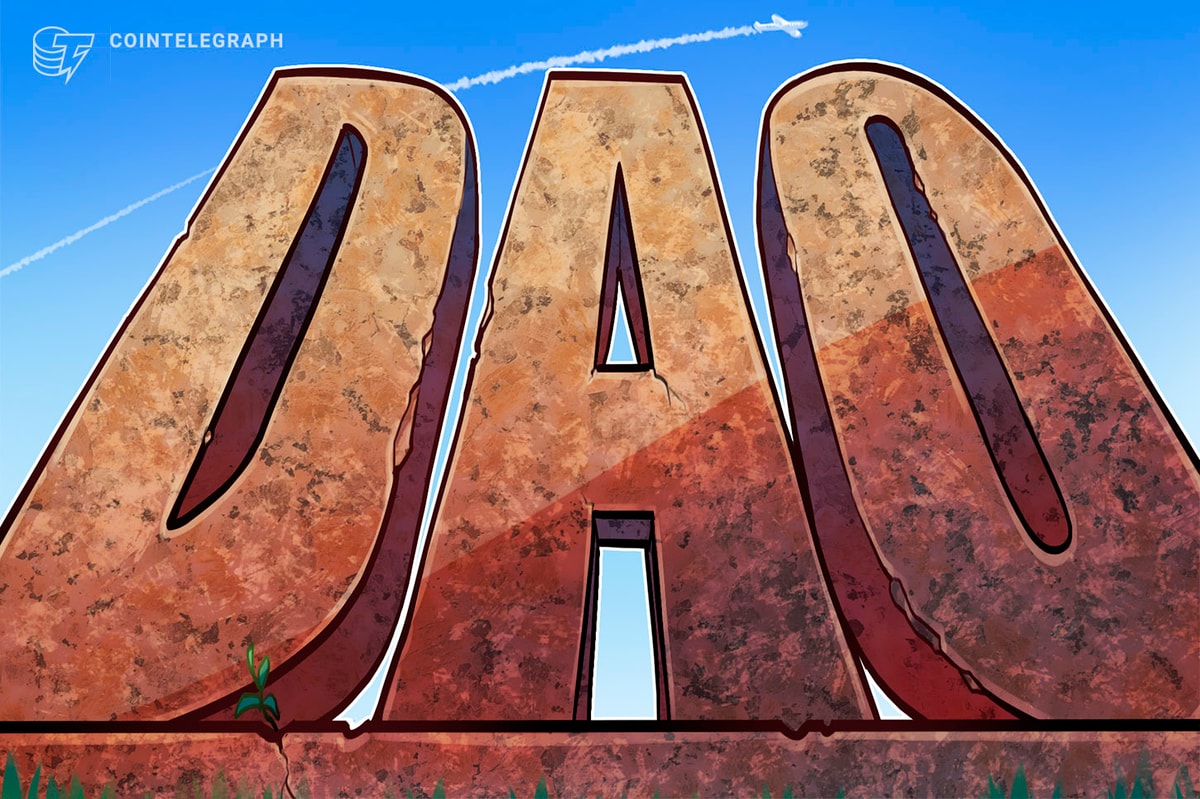Contents
An increase in Solana’s capitalization in 2023 could be a big relief for holders of the altcoin; after all, SOL was one of the cryptocurrencies most affected by the bear market this year. However, Polygon may get in the way of the bulls’ desire for the Ethereum competitor.
While Solana was heavily affected by the FTX crash, Polygon earned its place in the top 10 due to its partnerships and the blockchain market’s excitement with Layer 2 solutions.
Moreover, in 2022, SOL’s network experienced constant outages, showing the fragility of projects that aim not to rely on Ethereum’s expensive and slow blockchain.
Polygon offers an excellent space for developers to build securely on the network of the market’s leading altcoin.
Polygon’s Ethereum Virtual Machine (EVM) compatible solutions make it easy to migrate existing decentralized applications (dApps) on the ETH network.
Is there really a chance that Polygon will continue to outperform Solana in 2023?
First, let’s learn about the main qualities that each of the projects offers.
Solana
- Excellent architecture;
- Great transaction processing speed;
- High-performance protocol for scalability.
Polygon
- It has two sizing solutions;
- It owns a robust ecosystem led by blue chips;
- It offers security because of its validation system.
What may make Solana grow in 2023?
Developments are expected to continue on the altcoin network in the coming year. The main priority is developing updates so that SOL’s blockchain suffers no further disruptions, while the crypto community remains strong, even as investors pull away.
The ease with which developers can create smart contracts on Solana may also help increase activity on the crypto network, especially as the market for non-fungible tokens (NFTs) strengthens.
However, the negative scenario is still stronger for SOL. This is because it may not be able to stand out from other competitors, such as Cardano, which continue to grow. Also, the development of Ethereum 2.0 may affect Solana in a more negative way than Polygon.
But for what reason?
While some of Polygon’s goals are to bring scalability to projects on the ETH blockchain, it does not only focus on that. That is, it does not just have the narrative of a scalable network, as is the case with Solana.
As such, Polygon’s development team is building a generalized scaling approach so that it can offer multiple Layer 2 solutions instead of just one.
Another factor that should be considered is that Polygon is developing in several areas that may become even more prominent in 2023, such as ZK-Rollups and Optimistic Rollups.
However, it is important to point out that Layer 2 also has its problems. As an example, Polygon’s PoS chain has worse security than roll-up solutions due to it having dependency on a set of external validators.
But Polygon’s roll-up advances may get the altcoin past that factor in the coming months.
Read More: u.today









 Bitcoin
Bitcoin  Ethereum
Ethereum  Tether
Tether  XRP
XRP  Solana
Solana  USDC
USDC  Dogecoin
Dogecoin  TRON
TRON  Cardano
Cardano  Lido Staked Ether
Lido Staked Ether  Wrapped Bitcoin
Wrapped Bitcoin  Hyperliquid
Hyperliquid  Wrapped stETH
Wrapped stETH  Sui
Sui  Chainlink
Chainlink  Avalanche
Avalanche  LEO Token
LEO Token  Stellar
Stellar  Bitcoin Cash
Bitcoin Cash  Toncoin
Toncoin  Shiba Inu
Shiba Inu  USDS
USDS  Hedera
Hedera  WETH
WETH  Litecoin
Litecoin  Wrapped eETH
Wrapped eETH  Binance Bridged USDT (BNB Smart Chain)
Binance Bridged USDT (BNB Smart Chain)  Polkadot
Polkadot  Monero
Monero  Ethena USDe
Ethena USDe  Bitget Token
Bitget Token  Pepe
Pepe  Coinbase Wrapped BTC
Coinbase Wrapped BTC  Pi Network
Pi Network  WhiteBIT Coin
WhiteBIT Coin  Aave
Aave  Uniswap
Uniswap  Dai
Dai  Ethena Staked USDe
Ethena Staked USDe  Bittensor
Bittensor  OKB
OKB  Cronos
Cronos  BlackRock USD Institutional Digital Liquidity Fund
BlackRock USD Institutional Digital Liquidity Fund  Aptos
Aptos  NEAR Protocol
NEAR Protocol  Jito Staked SOL
Jito Staked SOL  Internet Computer
Internet Computer  Ondo
Ondo  Ethereum Classic
Ethereum Classic